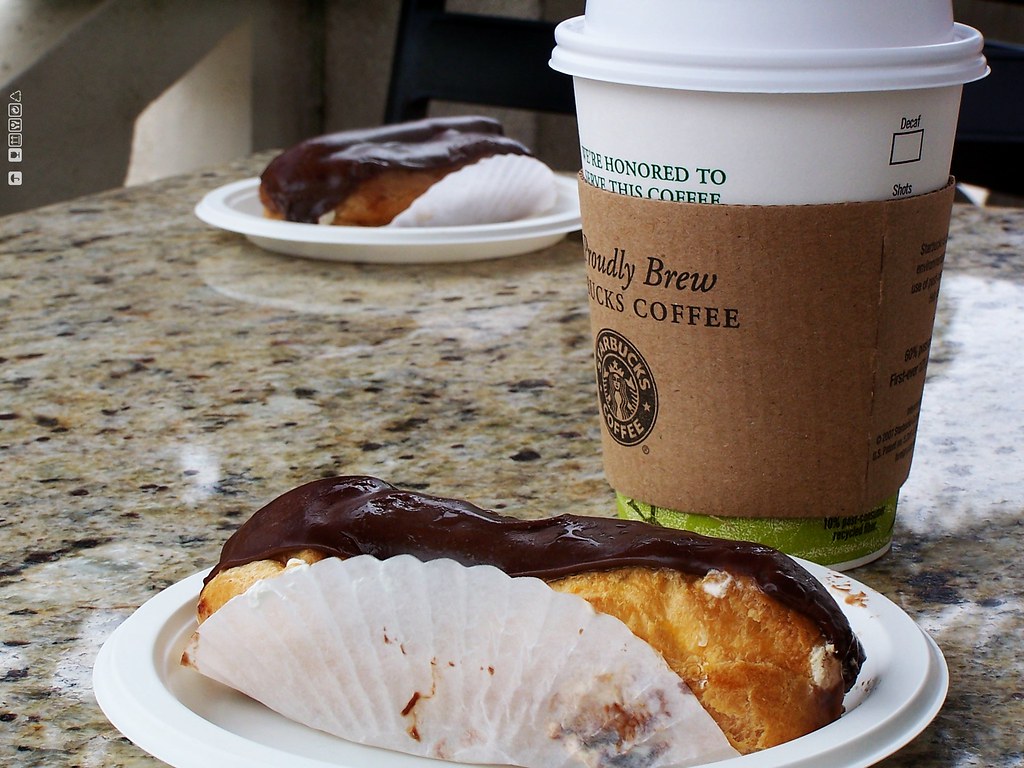Search This Blog
Showing posts with label Starbucks. Show all posts
Showing posts with label Starbucks. Show all posts
Monday, August 31, 2020
From Shakespeare to Starbucks: Pumpkin spice marketing mystique
Popular wisdom used to say "It's the sizzle that sells the steak." Well, today it's the PSL buzz that sells the drink. But if you know your Shakespeare, you know that it's not a wholly new idea.
Retailers don't wait until October to push pumpkin in the form of special scents and flavors. Even those who don’t sell drinks or food have hopped on the pumpkin spice bandwagon with scented candles, body lotions, soaps, and even deodorant.
In fact, the most highly-anticipated pumpkin spice of all made its grand arrival in August. I refer, of course, to pumpkin spice latte (PSL) that fans look for every year at their favorite coffee shop.
The pumpkin spice mystique is not just about the flavor; it’s about building a connection with customers that heightens anticipation and engagement. Starbucks does it brilliantly.
During August, Starbucks rides the buzz on the return of the PSL. It lets it build up with much speculation about when the first one will be poured, as the date changes each year to maintain a feeling of mystery and maximize anticipation.
That's the essence of the PR strategy that Shakespeare's Prince Henry adopts, as he tells the audience in Henry IV Part I:
I know you all, and will awhile uphold
The unyoked humour of your idleness:
Yet herein will I imitate the sun,
Who doth permit the base contagious clouds
To smother up his beauty from the world,
That, when he please again to be himself,
Being wanted, he may be more wonder'd at,
By breaking through the foul and ugly mists
Of vapours that did seem to strangle him.
If all the year were playing holidays,
To sport would be as tedious as to work;
But when they seldom come, they wish'd for come,
And nothing pleaseth but rare accidents.
So, when this loose behavior I throw off
And pay the debt I never promised,
By how much better than my word I am,
By so much shall I falsify men's hopes;
And like bright metal on a sullen ground,
My reformation, glittering o'er my fault,
Shall show more goodly and attract more eyes
Than that which hath no foil to set it off.
I'll so offend, to make offence a skill;
Redeeming time when men think least I will.
What works for heroic kings in plays also works for brands that know that even pleasurable things lose their sparkle when they are around all the time, just as we take the sun for granted when it is never hidden by clouds. The perception of rarity grants the object in question a particular status that it would not have if it were always available.
For more marketing posts, see a collection of links to blogs posted on various publications here and
Marketing in Uncommon Times
For more references to Shakespeare, see The Marriage Plot: Expectations for Novel Ending Must Be Met, The Marriage of Opposites, and Happy (Early) Birthday, Shakespeare.
Monday, January 9, 2017
The perks of personalized marketing: Starbucks' use of AI
 |
| photo from https://c6.staticflickr.com/4/3133/2873861973_995e8a7902_b.jpg |
“Would you like fries with that?” That one-size-fits-all recommendation was about as far as upselling at the point of sale used to go. Starbucks has come a long way from that with marketing powered by data — and AI. It's marketing that is uniquely tailored to the behaviors, preferences, and context of each customer.
Matt Ryan, Starbucks EVP and global CSO, and Gerri Martin-Flickinger, EVP and global CTO discussed the strategy at the company's Investor Day. He explained the impact of digital on Starbucks sales, while she explained what their algorithms do, in The Digital Flywheel: Strategy and impact.
Ryan began by saying that for Starbucks digital represents the “core customer experience.” He sees it as what distinguishes their business approach from “the rest of the retail world,” and what “gives us the advantage we have.” As proof he showed how the "digital flywheel" contributed to Starbucks' growth in the past three years, and the increase in its rewards program from five million to 12 million customers.
The incentives in the rewards program is one of the ways Starbucks personalizes its marketing. Martin-Flickinger demonstrated the evolution of the personalization by showing how it has progressed in just a single year. Its baseline is the form of marketing that many businesses still use today, rooted in historical data that they view in spreadsheets, which in turn powers algorithms to fit their general customer base.
In January 2016, Starbucks' marketing messages were limited to 30 variants of weekly email messages that were based on data that was already two weeks old. In June last year, Starbucks moved to a to a real-time personalization engine capable of producing of 400,000 variants of hyper-personalized emails each week. The company continued to tweak its AI engine so that in October, it was able to launch real-time 1:1 personalized offers that are uniquely generated based on each individual customer's behaviors and marked preferences.
Read more in A.I. Informs Personalization for Starbucks
Subscribe to:
Comments (Atom)
-
Bridge near Bear Mountain, photo by Ariella Brown I saw the title in my email and knew I really shouldn't click it, but my curiosity go...
-
Edison holding a lightbulb No, Edison didn’t invent search engine optimization. But he did make a habit of tinkering around until he fou...
-
No more boots for Ms. Green and other changes for M&M's candies A major component of marketing is tapping into trends and making an...






